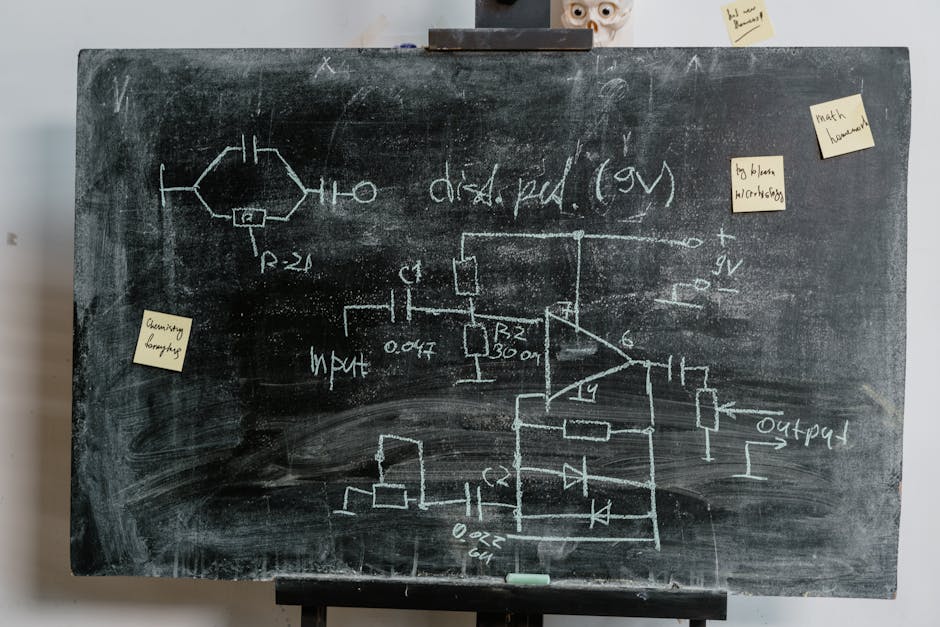
Introduction
Overview of Mathematics in Electrical Engineering
Mathematics serves as the backbone of electrical engineering, providing the necessary tools to design, analyze, and optimize electrical systems. From circuit design to signal processing, mathematical principles abound. Engineers regularly employ concepts such as calculus, linear algebra, and differential equations. These elements not only enhance critical thinking but also allow for innovative solutions to complex problems.
Importance of Mathematics in Electrical Engineering
The significance of mathematics in electrical engineering cannot be understated. Here’s why:
- Precision: Mathematical calculations ensure accuracy in designs.
- Problem Solving: Engineers leverage math for troubleshooting electrical issues.
- Innovation: Advanced mathematical techniques drive technological advancements.
Understanding these concepts equips engineers to excel and adapt in an ever-evolving field.

Historical Perspective
Contributions of Mathematicians to Electrical Engineering
Throughout history, numerous mathematicians have significantly influenced electrical engineering. Think of pioneers like James Clerk Maxwell, who formulated equations that describe electromagnetic fields, or André-Marie Ampère, known for his work on current and magnetism. Their contributions laid the groundwork for countless inventions.
- Maxwell’s Equations: Unifying electricity and magnetism.
- Fourier Transform: Revolutionizing signal analysis.
These foundations have paved the way for modern electrical systems.
Evolution of Mathematics in Electrical Engineering
The evolution of mathematics in electrical engineering showcases a fascinating journey. Initially rooted in basic arithmetic, it has expanded to encompass advanced theories and applications:
- 19th Century: Emergence of calculus in circuit analysis.
- 20th Century: Introduction of linear systems and control theory.
This evolution reflects ongoing advancements, continuously shaping the landscape of electrical engineering as we know it today.

Fundamental Mathematical Concepts in Electrical Engineering
Calculus and its Applications
Calculus plays a vital role in electrical engineering, particularly in understanding changes and motion. Engineers utilize derivatives to analyze current and voltage in circuits while integrals help calculate total charge over time. For instance, when assessing the response of a circuit to various inputs, calculus becomes indispensable for modeling behavior.
Linear Algebra in Circuits and Systems
Linear algebra is essential for circuit analysis and system design. Engineers use matrices and vectors to represent complex circuits, simplifying calculations and making problem-solving more efficient.
- Nodal Analysis: Utilizing matrices to solve circuit equations.
- State-Space Representation: Facilitating control system design.
This mathematical discipline enhances clarity and understanding of interconnected systems.
Differential Equations in Signal Processing
In the realm of signal processing, differential equations are foundational. They model the dynamic behavior of systems over time. For example, in analyzing filters or amplifiers, engineers set up differential equations to describe input-output relationships.
- Time-Domain Analysis: Understanding system response to signals.
- Laplace Transforms: Streamlining solutions to differential equations.
These concepts enable engineers to develop more effective communication systems and improve signal quality, highlighting the importance of mathematics in electrical engineering.

Computational Tools and Techniques
Simulation Software for Electrical Engineering Problems
With the advent of technology, simulation software has revolutionized how engineers approach electrical engineering problems. Programs like MATLAB, Simulink, and PSpice enable engineers to model and visualize complex systems effectively. For instance, using these tools allows for:
- Real-time simulations: Analyzing circuit behaviors without physical prototypes.
- Experimentation: Conducting what-if scenarios effortlessly.
These capabilities save time and resources while enhancing understanding and innovation in circuit design.
Mathematical Modeling in Electrical Circuits
Mathematical modeling is crucial in electrical circuits, enabling engineers to predict behavior under varying conditions. By applying mathematical principles, engineers can create models that reflect real-world performance.
- Ohm’s Law and Kirchhoff’s Laws: Basic building blocks for circuit modeling.
- State-Space Models: Advanced representations for dynamic systems.
These models not only aid in design but also in troubleshooting and optimizing existing circuits, reinforcing the synergy of mathematics and technology in electrical engineering.






